Cooling Japanese Summer Dishes to Try in Japan
Chefs craft cooling Japanese summer dishes, such as chilled ramen and bamboo-flowing somen noodles, to beat the heat. They offer refreshing flavors and unique textures. These seasonal specialties blend centuries-old culinary wisdom with fun, interactive dining. They are a must-try for travelers exploring Japan during the hottest months.
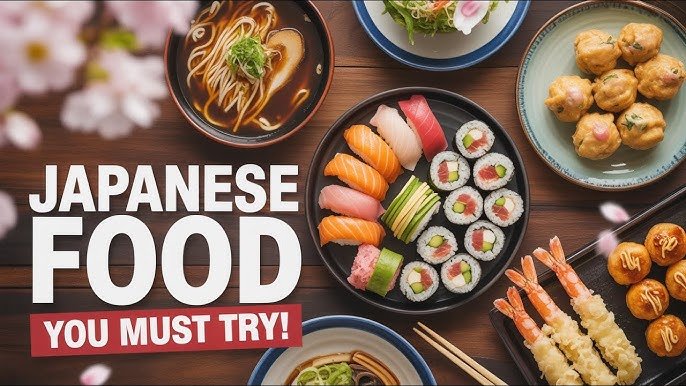
Japan’s summers are becoming increasingly hot and humid, making heat exhaustion a common challenge for travelers. Fortunately, each region of Japan offers signature cooling dishes rooted in local culture, climate, and seasonal traditions.
From Hokkaido to Kyushu, locals enjoy cooling Japanese summer dishes, called shokibarai (“beating the summer heat”), to stay energized. Chefs serve these meals chilled to lower body temperature or prepare them with hydrating, digestion-friendly ingredients. Here are eight must-try cooling Japanese summer dishes that beautifully showcase the connection between food and climate.
North Japan: Cooling Japanese Summer Delights
Chilled Ramen – Yamagata’s Summer Favorite
Yamagata Prefecture, one of Japan’s top ramen hubs, is renowned for its hiyashi ramen (chilled ramen). Chefs serve both the noodles and soy sauce-based broth ice-cold, often with floating ice cubes.
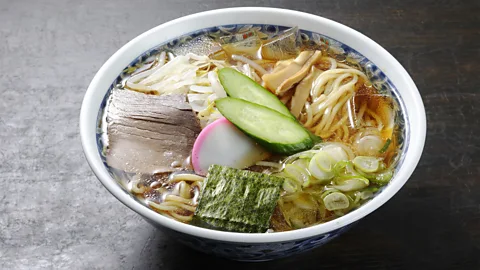
“Even on scorching days, I’m willing to queue for a bowl,” says Chihiro Hasegawa, a local ramen enthusiast. Senshiro Abe of Sakaeya Honten created this refreshing dish in 1952, inspired by the idea of serving ramen like cold soba.
Yamagata’s geography plays a role in its popularity. “Summers here are brutally hot due to the basin landscape,” explains Toshihiro Suzuki of the Yamagata Tourism Association. What started as a small experiment is now a summer staple across the prefecture.
Zunda Mochi – Sendai’s Green Energy Snack
In Sendai, summer feels incomplete without zunda mochi — rice cakes crowned with bright green edamame paste. Cooks boil, peel, and lightly mash the beans with sugar and salt to create a sweet, nutty topping.
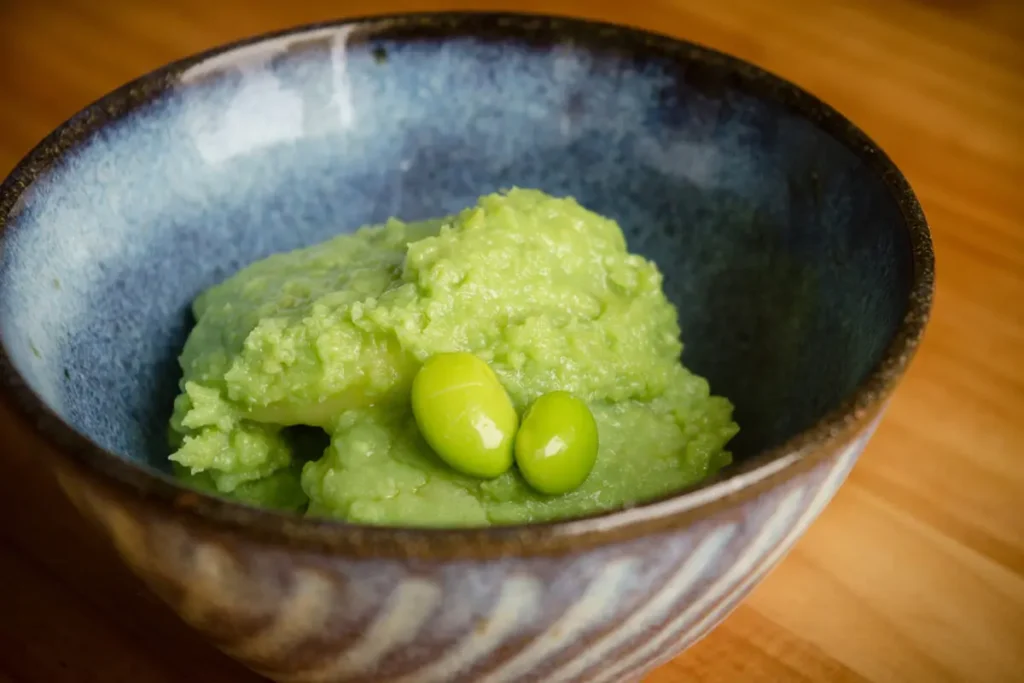
“Zunda mochi is the perfect balance of nutrition and tradition,” says Takeshi Ito, a local mochi shop owner. The carbohydrates from the mochi provide quick energy, while edamame delivers protein and essential vitamins like B1 and B2.
Today, zunda flavors go beyond mochi, appearing in milkshakes, parfaits, and even soft-serve ice cream — all offering a refreshing summer treat.
East Japan: Summer Comfort Foods
Yanagawa Nabe – Tokyo’s Nutrient-Packed Hotpot
In Tokyo, the traditional Yanagawa nabe remains a beloved summer dish, even though it’s served hot. This nutritious hotpot features freshwater loach (dojo), simmered with burdock root (gobo) in a sweet-savory soy broth, then topped with a silky egg layer.
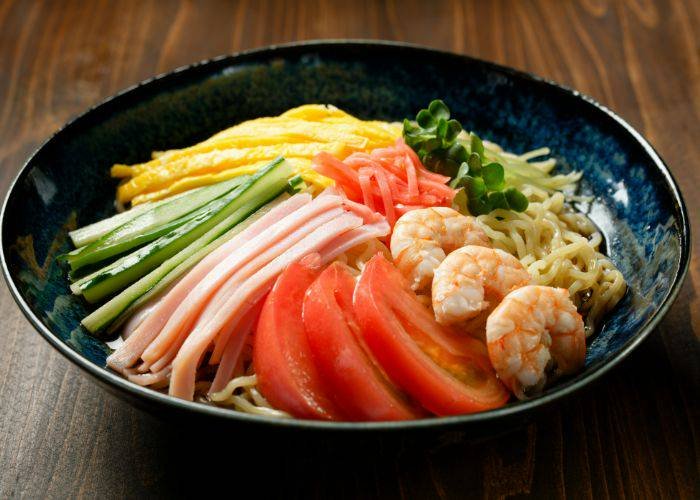
During the Edo period (1603–1868), people prized this dish for its stamina-boosting nutrients. Loach provides protein, iron, and vitamins, while burdock offers natural cooling properties. This makes Yanagawa nabe an energy-replenishing dish that locals still enjoy on sweltering Tokyo days.
Mizu Manju – Gifu’s Raindrop Dessert
For dessert, Gifu Prefecture offers mizu manju — a jewel-like sweet filled with red bean paste and chilled in clear spring water. Confectioners use kudzu starch and bracken flour to create the delicate, translucent skin, giving it a soft, chewy texture.
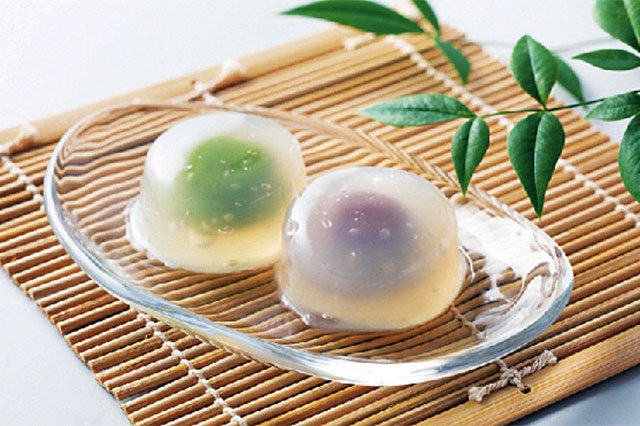
This elegant confection originated in Ogaki, often called the “City of Water,” where locals once used natural spring water to cool foods before refrigeration. Today, mizu manju is still displayed floating in water tanks at sweet shops, a beautiful symbol of summer.
West Japan: Fresh and Cooling Flavors
Mizunasu – Kansai’s Water-Rich Aubergine
In Osaka’s Senshu area, the crisp and juicy mizunasu (water aubergine) is a summer highlight. Its paper-thin skin and high water content make it perfect for eating raw or as lightly pickled asazuke.

“Mizunasu is so juicy and sweet that it can be eaten raw like sashimi,” says Tadakiyo Kitano of Kitano Farm. Farmers have enjoyed it since the Edo period, often using it as a natural thirst-quencher during hot fieldwork.
Uji Kintoki – Kyoto’s Matcha Shaved Ice
Kyoto’s Uji kintoki is a refined version of kakigori (shaved ice), flavored with matcha syrup and topped with sweet azuki bean paste. Additional toppings like shiratama dango (mochi balls) or condensed milk transform it into a luxurious summer parfait.
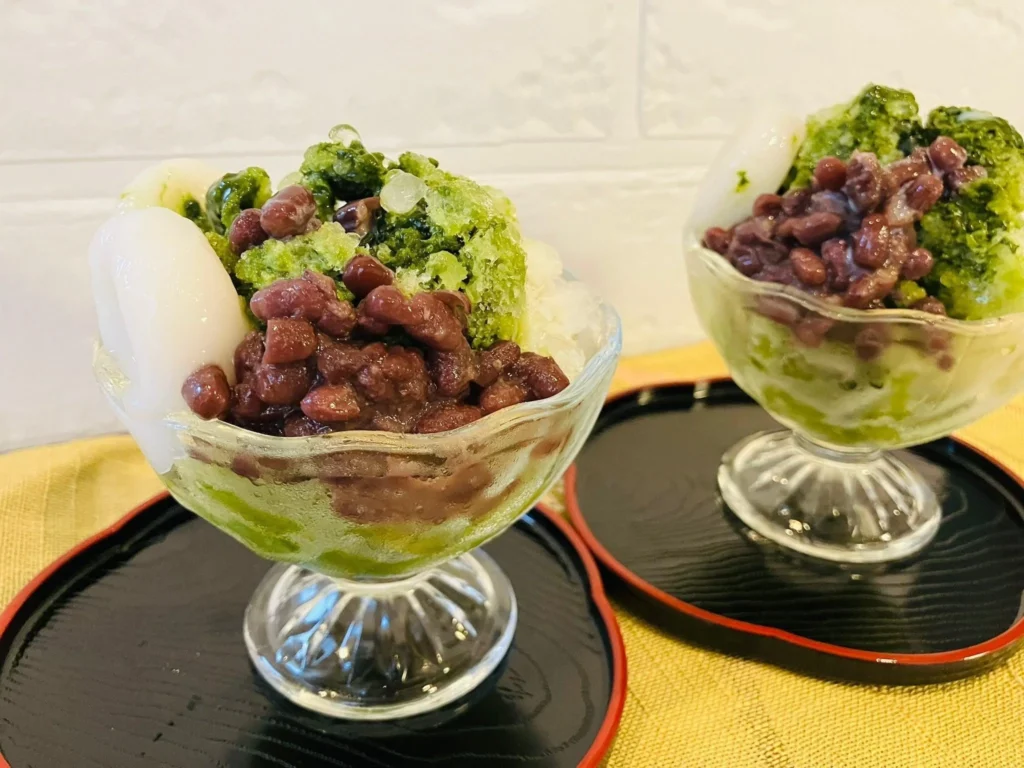
This dessert’s history traces back to the Edo era when shaved ice and matcha were luxury items enjoyed by aristocrats. Today, it’s a popular treat at Kyoto’s teahouses, offering both cooling relief and a taste of the region’s famous green tea.
South Japan: Interactive Summer Treats
Nagashi Somen – Flowing Noodle Experience
In Miyazaki Prefecture, nagashi somen (“flowing noodles”) is a summer ritual. Thin somen noodles slide down long bamboo chutes filled with cold spring water, and diners must catch them with chopsticks before dipping them into a chilled soy-based sauce.
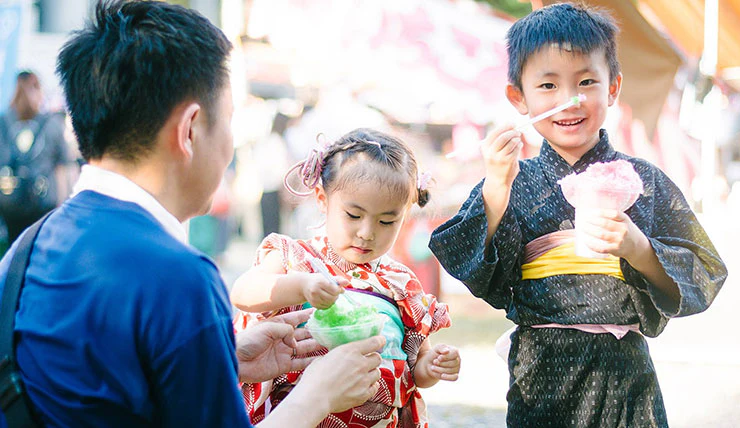
The tradition began in the 1950s in Takachiho and is now a favorite activity for families and travelers. “Nagashi somen is more than a meal — it’s a summer memory,” says Ishi Take, director of Chihonoie, the restaurant credited with popularizing this unique dining style.
Kanzarashi – Nagasaki’s Sweet Rice Dumplings
Shimabara in Nagasaki Prefecture is home to kanzarashi, small glutinous rice flour dumplings served in chilled sugar syrup. Originally developed to preserve rice flour in the summer heat, this dessert remains a refreshing local specialty.
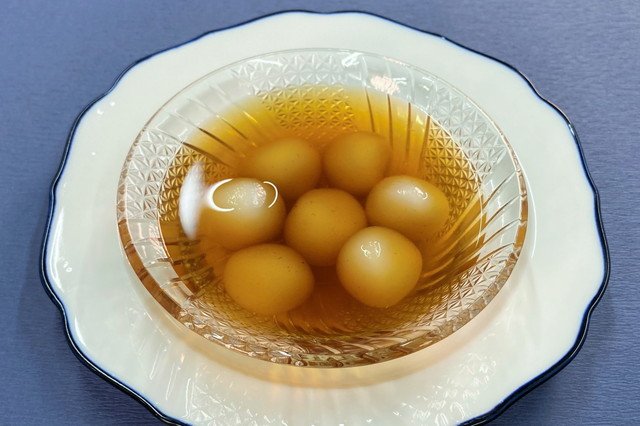
Shops like Ginsui and Shimabara Yusuikan still serve kanzarashi alongside spring water coffee, inviting visitors to enjoy the cooling flavors of this historic sweet.
The Essence of Cooling Japanese Summer Dishes
From cold ramen and pickled aubergines to delicate sweets and flowing noodles, these cooling Japanese summer dishes are a testament to how food and tradition adapt to the climate. For travelers exploring Japan during the peak of summer, these specialties not only beat the heat but also offer an authentic taste of regional culture.




